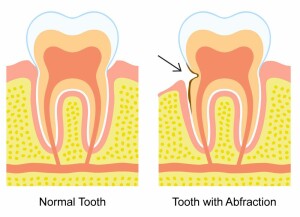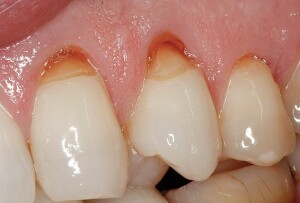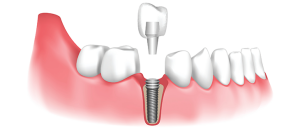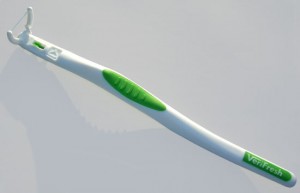Bridges and crowns are fixed prosthetic devices that are cemented onto existing teeth or implants, by a dentist or prosthodontist. Crowns are used most commonly to entirely cover or “cap” a damaged tooth or cover an implant. Your dentist may recommend a crown to:
- Replace a large filling when there isn’t enough tooth remaining
- Protect a weak tooth from fracturing
- Restore a fractured tooth
- Attach a bridge
- Cover a dental implant
- Cover a discolored or poorly shaped tooth
- Cover a tooth that has had root canal treatment
- Gaps left by missing teeth eventually cause the remaining teeth to shift resulting in a bad bite. This can also lead to gum disease and TMJ disorders. Bridges are commonly used if you’re missing one or more teeth. They cover the space where the teeth are missing and are cemented to natural teeth or implants surrounding the space.
Types of Dental Crown Materials
There are four different types of materials used for dental crowns:
- All ceramic (porcelain-based).
- Porcelain fused to metal
- Base metal alloys












